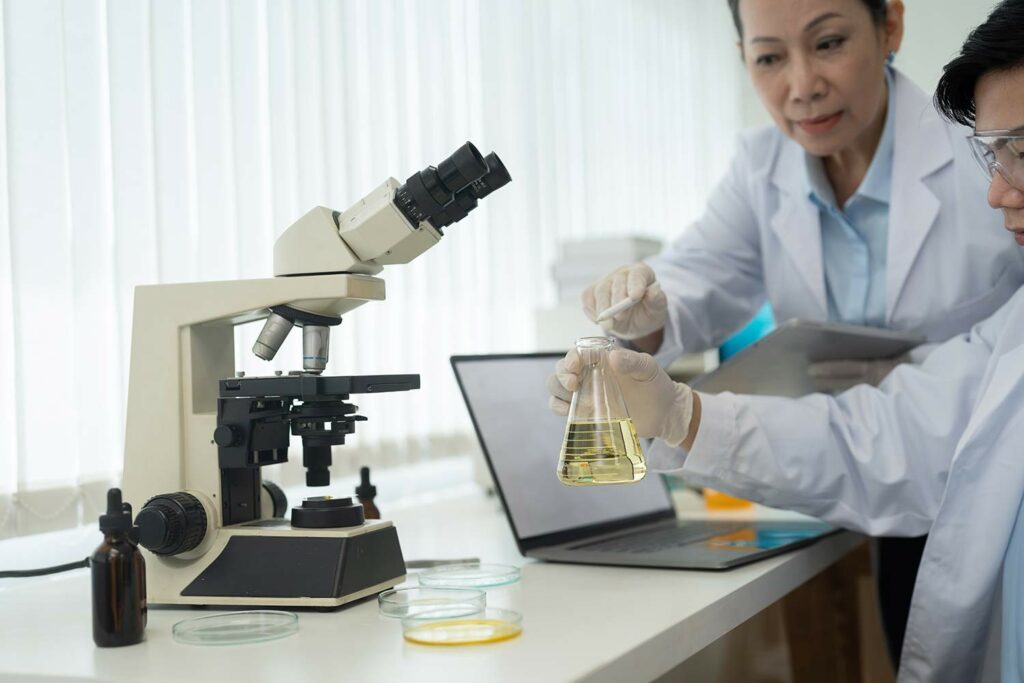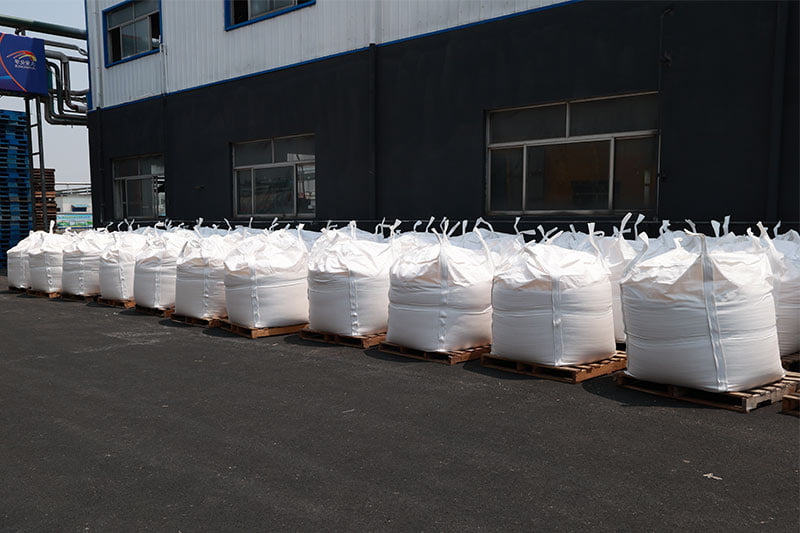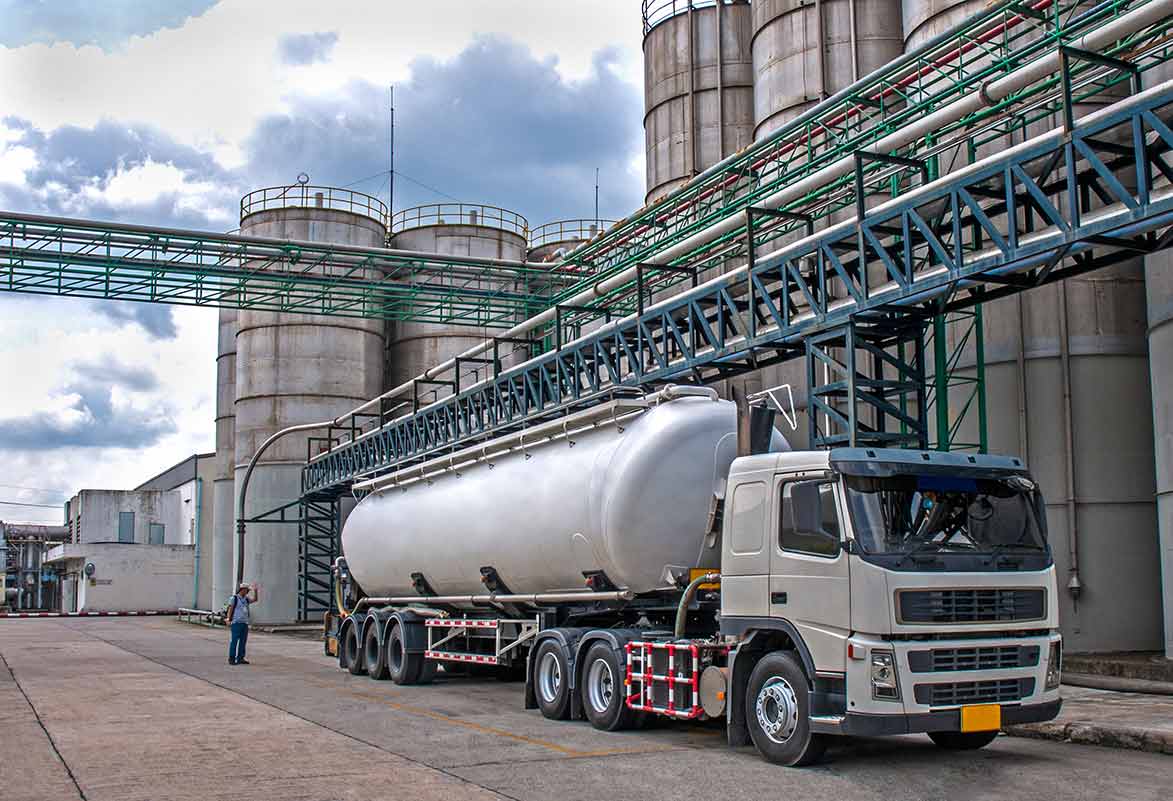Neopentyl glycol (NPG) is a versatile chemical compound that finds wide use in various industrial applications. It is a stable and low-toxicity compound that can be used in the production of coatings, adhesives, plastics, and resins. However, like any other chemical, NPG needs to be stored correctly to maintain its effectiveness and prevent degradation. In this article, we will discuss the best practices for storing neopentyl glycol.
Outline
- Introduction
- What is neopentyl glycol?
- Importance of proper storage of neopentyl glycol
- Factors to consider when storing neopentyl glycol
- Temperature
- Moisture
- Light
- Oxidizing agents
- Containers for storing neopentyl glycol
- Material
- Size and type
- Sealing
- Handling and transportation of neopentyl glycol
- Frequently asked questions (FAQs)
- What is the ideal temperature range for storing neopentyl glycol?
- Can neopentyl glycol be stored in plastic containers?
- What is the shelf life of neopentyl glycol?
- How should neopentyl glycol be disposed of?
- Can neopentyl glycol be reused?
- Conclusion
What is neopentyl glycol?

Neopentyl glycol is a synthetic organic compound that is commonly used in the production of coatings, adhesives, plastics, and resins. It is a colorless, crystalline solid that is soluble in water and many organic solvents. NPG has several desirable properties, including low toxicity, high stability, and good reactivity.
Importance of proper storage of neopentyl glycol
The quality and effectiveness of neopentyl glycol can be compromised if it is not stored correctly. Improper storage can lead to degradation of the compound, reducing its shelf life and rendering it unsuitable for use in industrial applications. Therefore, it is important to follow best practices for storing neopentyl glycol to ensure that it remains stable and effective.
Factors to consider when storing neopentyl glycol
Several factors need to be considered when storing neopentyl glycol, including temperature, moisture, light, and oxidizing agents.
Temperature
Neopentyl glycol should be stored in a cool and dry place to prevent degradation. The ideal temperature range for storing NPG is between 5°C and 30°C. It is important to avoid exposing NPG to extreme temperatures, as this can lead to thermal degradation and discoloration.
Moisture
Moisture can also compromise the stability of neopentyl glycol. NPG should be stored in a dry environment to prevent the absorption of water, which can lead to hydrolysis and degradation of the compound.
Light
Exposure to light can also affect the stability of neopentyl glycol. NPG should be stored in a dark environment or in opaque containers to prevent photodegradation.
Oxidizing agents
Neopentyl glycol is sensitive to oxidizing agents, such as peroxides and oxygen. It should be stored away from these agents to prevent oxidation, which can lead to the formation of impurities and degradation of the compound.
Containers for storing neopentyl glycol
Several factors need to be considered when selecting containers for storing neopentyl glycol.
Material
NPG should be stored in containers made of materials that
are compatible with the compound. Suitable materials include stainless steel, glass, and high-density polyethylene (HDPE). Containers made of aluminum, copper, or brass should be avoided, as they can react with NPG and cause degradation.
Size and type
The size and type of containers used for storing neopentyl glycol should be appropriate for the quantity being stored. Large containers can lead to air pockets and moisture buildup, while small containers can increase the risk of contamination during handling. The type of container should also be suitable for the intended use of the NPG, such as drums or jerrycans for bulk storage or bottles for laboratory use.
Sealing
NPG should be stored in containers with secure closures to prevent moisture and air from entering. The closure should be made of a material that is compatible with NPG and should be tightened properly to prevent leakage.
Handling and transportation of neopentyl glycol

Neopentyl glycol should be handled and transported with care to prevent contamination and degradation. Gloves and protective clothing should be worn when handling NPG, and spills should be cleaned up immediately to prevent exposure. NPG should be transported in suitable containers that are labeled correctly and stored in a dry and cool environment.
Frequently asked questions (FAQs)
1. What is the ideal temperature range for storing neopentyl glycol?
The ideal temperature range for storing neopentyl glycol is between 5°C and 30°C. It is important to avoid exposing NPG to extreme temperatures, as this can lead to thermal degradation and discoloration.
2. Can neopentyl glycol be stored in plastic containers?
Neopentyl glycol can be stored in plastic containers made of high-density polyethylene (HDPE). However, containers made of other types of plastic should be avoided, as they can react with NPG and cause degradation.
3. What is the shelf life of neopentyl glycol?
The shelf life of neopentyl glycol can vary depending on storage conditions and the quality of the compound. Properly stored NPG can have a shelf life of up to two years.
4. How should neopentyl glycol be disposed of?
Neopentyl glycol should be disposed of according to local regulations and guidelines. It should not be disposed of in the regular trash or poured down the drain.
5. Can neopentyl glycol be reused?
Neopentyl glycol can be reused if it is properly stored and has not been contaminated. However, it is important to test the quality of reused NPG before using it in industrial applications.
Conclusion
Storing neopentyl glycol correctly is crucial to maintaining its stability and effectiveness. Temperature, moisture, light, and oxidizing agents can all affect the quality of NPG, and suitable containers should be used to prevent degradation. Proper handling and transportation of NPG can also help prevent contamination and maintain its quality. By following the best practices for storing neopentyl glycol, industrial applications can ensure that they are using a stable and effective compound.



